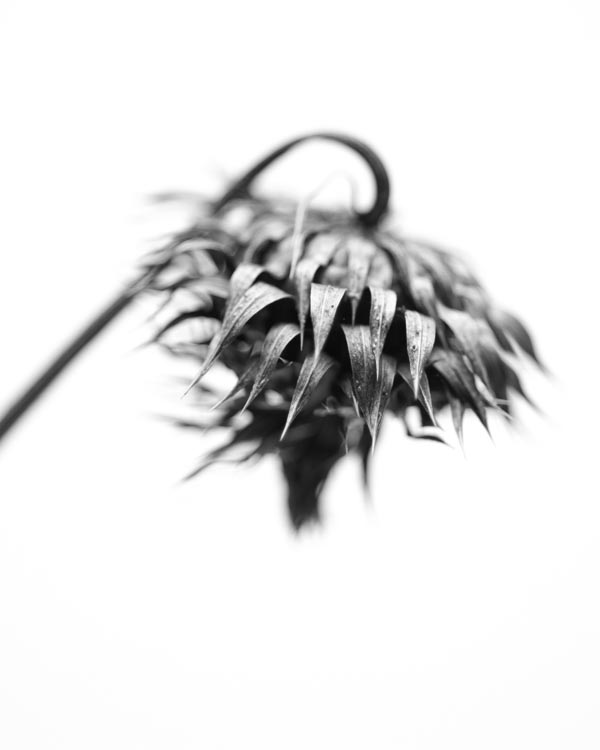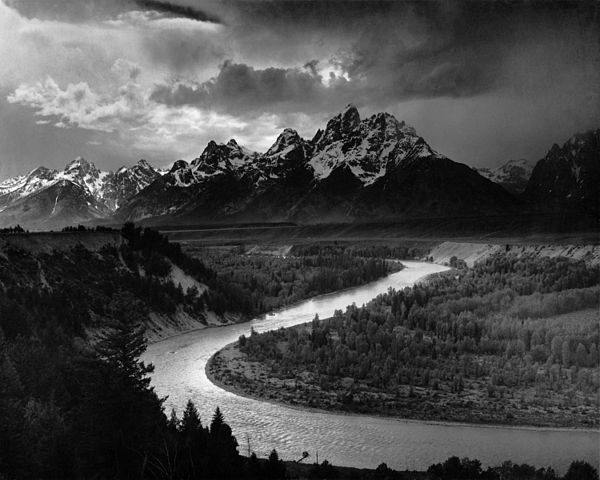Genre
Genre refers to types or categories of photography. From the Dictionary widget: “a category of artistic composition, as in music or literature, characterized by similarities in form, style, or subject matter.” So, as with painting, photography has several (a lot of?) different genres. Most of these can be further discriminated by sub-genre.
Beyond this definition, another key to genre is purpose. Many photographs exist in more than one genre or sub-genre simultaneously.The following list is not all-inclusive. Writing this section, and trying to illustrate it is difficult, as the best examples of genres are generally heavily copyrighted. Where I could I have included a links to further sources. One good place to see a lot of the recognized masters is the Photography Now collection.
Portraiture
From formal to casual, pictures of people are a huge part of photography. A quite nice selection of portrait photographers can be found here.
Figure
The study of the human form, related to, but with a different emphasis than portraiture. Portraiture is figurative, but figure deals with the human form more than the identity of the person.
Still Life
Presentation of objects. Still life covers a lot of ground, and and runs a gamut from very formal, studio work, or informal, found images.

Landscape
Although it could be argued that landscape is a sub-genre of documentary, it really is its own genre. Landscape includes the cityscape sub-genre.

Documentary
Not entirely unique to photography, documentary photography has a distinct purpose of recording (documenting) events, objects, places, etc. Documentary can be very immediate, or can be more long-form, where a subject is explored in depth.
Abstraction
One can argue that any photograph is an abstraction, however, abstraction, or abstract approaches, form a large part of photography.